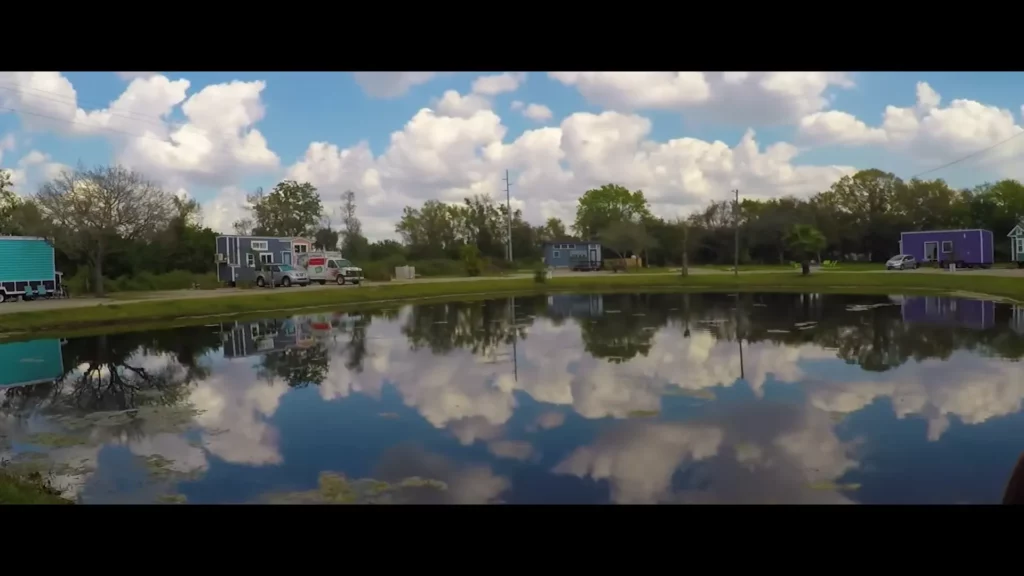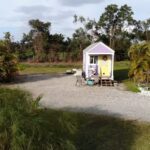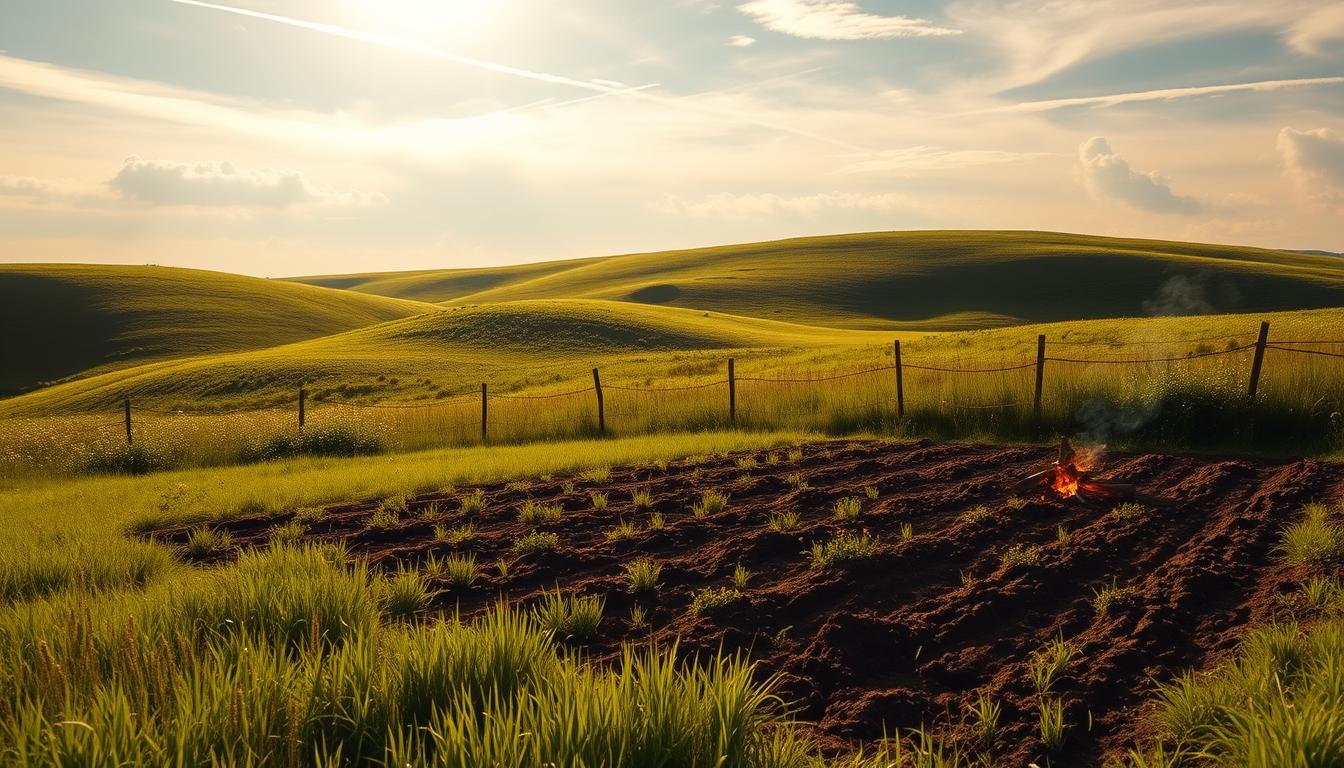Circle Pond Tiny House Village in Central Florida
If you’re interested in tiny houses, you might want to take a tour of Circle Pond Tiny House Village in central Florida. This village has been turning heads in the tiny house community as one of the top new tiny house villages in the country. And what if I were to tell you that one of the reasons why this village even exists is because of a lonely turtle?

How it All Began
Debbie Manz, the president of a non-profit organization, was getting a lot of calls for workforce housing and affordable housing. Living in a small space can be comfortable, cost less, and meet basic needs. She realized that she could provide for people in smaller spaces, and that’s how the idea for Circle Pond Tiny House Village started.
Overcoming Resistance
When Debbie first started talking about her idea, she faced resistance from the community. People were used to mobile home parks, and the concept of tiny homes on wheels just didn’t register. So, she purchased a tiny home and did tiny tours for tiny donations. This helped create some acceptance, and she hasn’t faced any resistance since.
Saving the Turtle
Debbie purchased the property, which was an old migrant work camp mobile home park. The property had six mobile homes that were melting into the ground. There was also a pond in the center, surrounded by a six-foot fence. Debbie noticed a turtle in the pond that was struggling to breathe and had no place to get up on land. She knew she had to save the turtle, and that’s how Circle Pond got its name.

The Village
Circle Pond Tiny House Village has 12 tiny homes, each with a lot space of 30 by 30. When someone moves here, their rent is $475 a month, which includes water, sewer, garbage, lawn care, and electricity. The property is four and a half acres, and there’s a lot of open space.
Community Spaces
The village has several community spaces, including a fire pit, where residents can hang out on Friday and Saturday nights. There are also raised garden beds in front of each home, where residents can grow their own food. The property has 16 beehives, which provide free honey.

Inside a Tiny Home
Debbie’s tiny home is used as an office space. It has a living room with a futon sofa that folds out into a bed. The kitchen has a microwave and a refrigerator. The bathroom has a small bathtub and a propane water heater. Upstairs, there’s a queen-size bed.
Encouraging Acceptance
Debbie wants to encourage others to be open-minded and accepting of tiny homes and accessory dwelling units. She believes that we all play a role in creating affordable housing for teachers, police, and other members of the community.
Stay tuned for the next article about two sisters who have two tiny homes parked next to each other in this Florida community.










